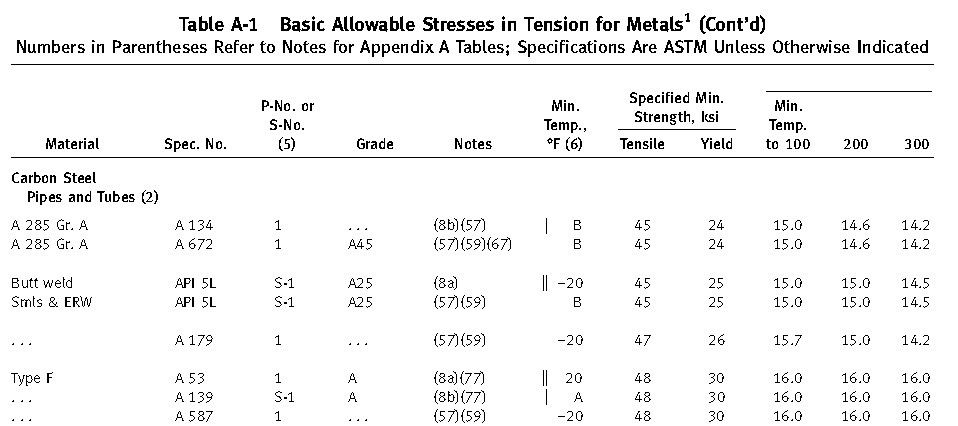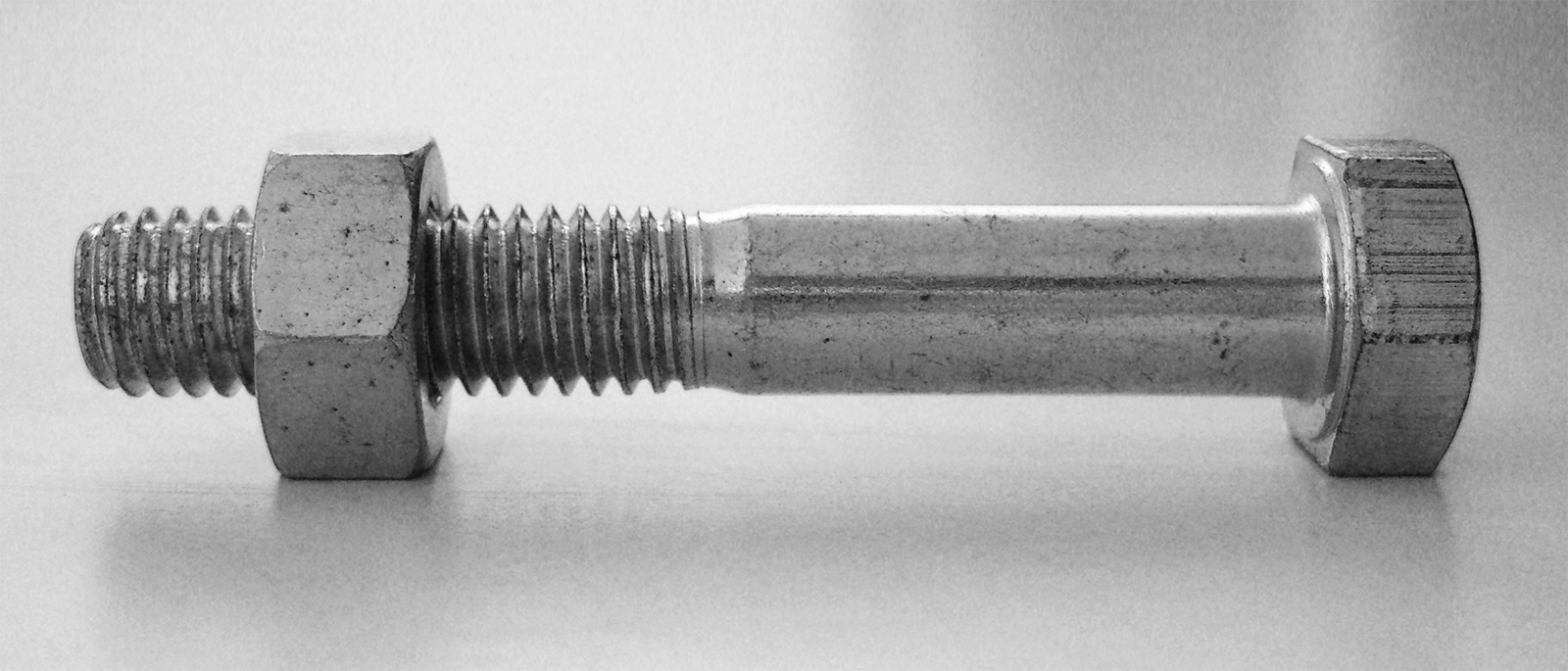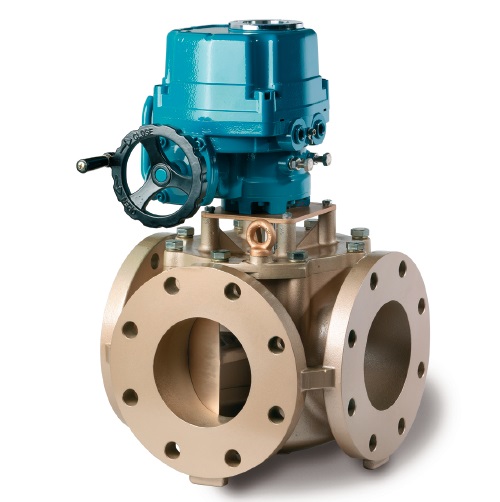What is ASME B31.3
ASME B31.3, also known as the Process Piping Code, is a set of guidelines and requirements for the design, fabrication, installation, inspection, and testing of process piping systems. It applies to piping systems used in the power, petrochemical, oil and gas, and other process industries. The code covers materials, design, fabrication, assembly, examination, inspection, testing, and certification requirements, as well as pressure testing, post-construction, and in-service inspection requirements. Compliance with ASME B31.3 is mandatory for many process piping systems in the US, and it is widely recognized as the standard for process piping in many other countries.
ASME B31.3 is one of many codes and standards developed by the American Society of Mechanical Engineers (ASME), and is part of the larger ASME B31 series of codes that cover various types of piping systems. The code is regularly updated to reflect the latest industry standards and technologies, and it is widely recognized as the industry standard for process piping in many countries around the world.
The code covers a wide range of topics related to process piping, including materials, design, fabrication, assembly, examination, inspection, testing, and certification requirements. It covers both new construction and modifications to existing systems, and it includes specific requirements for different types of piping systems such as high-pressure, low-pressure, and high-temperature systems.
ASME B31.3 is regularly updated to reflect the latest industry standards and technologies. It is widely recognized as the industry standard for process piping in many countries around the world and it is recognized as the mandatory standard by many countries and organizations.
It is also used as a reference code by many countries and organizations, which have their own regulations and codes, but reference to ASME B31.3 for the design and fabrication of process piping systems.
The code also includes specific requirements for various types of piping components, including valves, flanges, and fittings, as well as requirements for supports, anchors, and other piping accessories. It also includes guidelines for pressure testing, post-construction inspection, and in-service inspection to ensure that the piping system remains safe and reliable throughout its life.

In summary, ASME B31.3 is a widely recognized and widely adopted standard for the design, fabrication, installation, inspection, and testing of process piping systems. It is intended to ensure the safety and reliability of these systems, and compliance with the code is mandatory for many process piping systems in the US and other countries.
Working of ASME B31.1
ASME B31.3, also known as the Process Piping Code, is a set of guidelines and requirements for the design, fabrication, installation, inspection, and testing of process piping systems. The code is intended to ensure the safety and reliability of these systems, and compliance with the code is mandatory for many process piping systems in the US and other countries.
The code is organized into several sections and appendices, each covering a specific aspect of the design, fabrication, installation, inspection, and testing of process piping systems. The main sections of the code include:
- General Requirements: This section covers the overall scope and applicability of the code, as well as the definitions of key terms used throughout the code.
- Materials: This section covers the materials that can be used for process piping systems, including both metallic and non-metallic materials. It also includes specific requirements for material quality and testing.
- Design: This section covers the design requirements for process piping systems, including allowable stress, pressure design, and other design factors.
- Fabrication: This section covers the fabrication requirements for process piping systems, including welding, brazing, and other fabrication methods.
- Assembly: This section covers the assembly requirements for process piping systems, including alignment and support requirements.
- Examination, Inspection, and Testing: This section covers the examination, inspection, and testing requirements for process piping systems, including non-destructive examination, hydrostatic testing, and other inspection and testing methods.
- Certification: This section covers the certification requirements for process piping systems, including the procedures for obtaining code stamping and other certifications.
- Plastic piping Systems and Nonmetallic materials: This section covers the guidelines for the design, fabrication, installation and testing of piping systems made of plastic and non-metallic materials.
The code also includes several appendices that provide additional information and guidelines on specific topics, such as the use of plastic materials, the design of high-temperature piping systems, and the inspection and testing of piping systems.
What is ASME B31.1
ASME B31.1, also known as the Power Piping Code, is a set of guidelines and requirements for the design, fabrication, installation, inspection, and testing of power piping systems. The code applies to piping systems that are used to transport steam, hot water, and other fluids in power plants, as well as other industrial and commercial facilities. It covers materials, design, fabrication, assembly, examination, inspection, testing, and certification requirements, as well as pressure testing, post-construction, and in-service inspection requirements.
The code covers a wide range of topics related to power piping, including materials, design, fabrication, assembly, examination, inspection, testing, and certification requirements. It covers both new construction and modifications to existing systems, and it includes specific requirements for different types of piping systems such as high-pressure, low-pressure, and high-temperature systems.
The code also includes specific requirements for various types of piping components, including valves, flanges, and fittings, as well as requirements for supports, anchors, and other piping accessories. It also includes guidelines for pressure testing, post-construction inspection, and in-service inspection to ensure that the piping system remains safe and reliable throughout its life.
Like ASME B31.3, ASME B31.1 is one of many codes and standards developed by the American Society of Mechanical Engineers (ASME) and it is part of the larger ASME B31 series of codes that cover various types of piping systems. The code is regularly updated to reflect the latest industry standards and technologies, and it is widely recognized as the industry standard for power piping in many countries around the world.
Difference Between ASME B31.3 and ASME B31.1

ASME B31.3 and ASME B31.1 are two codes developed by the American Society of Mechanical Engineers (ASME) that cover the design, fabrication, installation, inspection, and testing of piping systems. Both codes are part of the larger ASME B31 series of codes, which cover various types of piping systems.
The main difference between the two codes is the type of piping systems they cover. ASME B31.3, also known as the Process Piping Code, applies to piping systems used in the power, petrochemical, oil and gas, and other process industries. It covers the design, fabrication, installation, inspection, and testing of process piping systems. ASME B31.1, also known as the Power Piping Code, applies to piping systems that are used to transport steam, hot water, and other fluids in power plants, as well as other industrial and commercial facilities. It covers the design, fabrication, installation, inspection, and testing of power piping systems.
Both codes cover materials, design, fabrication, assembly, examination, inspection, testing, and certification requirements, as well as pressure testing, post-construction, and in-service inspection requirements. Both codes also include specific requirements for different types of piping systems such as high-pressure, low-pressure, and high-temperature systems.
In terms of materials, ASME B31.3 allows a wider range of materials compared to ASME B31.1. B31.3 also have a different design factor (Allowable stress) compared to B31.1. The B31.1 allowable stress is based on the material yield strength, while the B31.3 allowable stress is based on the material minimum tensile strength.
Both codes also include specific requirements for various types of piping components, including valves, flanges, and fittings, as well as requirements for supports, anchors, and other piping accessories. However, the specific requirements for these components may be different between the two codes.
Another difference between ASME B31.3 and ASME B31.1 is the level of detail provided in the codes. ASME B31.3 is considered to be more detailed and specific in its requirements, while ASME B31.1 is considered to be more general in nature. This is because the process piping systems covered by ASME B31.3 are more complex and require more detailed guidelines, while the power piping systems covered by ASME B31.1 are less complex and can be covered with more general guidelines.
ASME B31.3 covers a wider range of industries and applications, including petrochemical, oil and gas, and other process industries, while ASME B31.1 is mainly focused on power plants and other industrial and commercial facilities.
Additionally, ASME B31.3 includes specific requirements for pressure design, which are not found in ASME B31.1. These requirements are intended to ensure that the piping system is capable of withstanding the pressure and temperature conditions it will be subjected to during normal operation.
Another point of differentiation is that ASME B31.3 has a specific appendix for “Plastic Piping Systems” and “Nonmetallic materials” which are not found in B31.1.
It is important to note that compliance with both codes is mandatory for many piping systems in the US, and both codes are widely recognized as the standard for their respective types of piping systems in many other countries.
While both codes have similar requirements, they do have some differences in terms of materials, design factors, specific requirements for piping components, level of details, industries and applications and pressure design requirements. The choice of which code to follow will depend on the specific requirements and characteristics of the piping system being designed.

ASME B31.3 and ASME B31.1 are both codes developed by the American Society of Mechanical Engineers (ASME) that cover the design, fabrication, installation, inspection, and testing of piping systems. The main difference between the two codes is the type of piping systems they cover, with ASME B31.3 covering process piping systems and ASME B31.1 covering power piping systems. Both codes have similar requirements, but they may have some differences in terms of materials, design factors, and specific requirements for piping components.
The Process Piping Code, is a set of guidelines and requirements for the design, fabrication, installation, inspection, and testing of process piping systems. It applies to piping systems used in the power, petrochemical, oil and gas, and other process industries. It covers materials, design, fabrication, assembly, examination, inspection, testing, and certification requirements, as well as pressure testing, post-construction, and in-service inspection requirements.
It applies to piping systems that are used to transport steam, hot water, and other fluids in power plants, as well as other industrial and commercial facilities. It covers materials, design, fabrication, assembly, examination, inspection, testing, and certification requirements, as well as pressure testing, post-construction, and in-service inspection requirements.
Conclusion
The two codes is the type of piping systems they cover, with ASME B31.3 covering process piping systems and ASME B31.1 covering power piping systems. Both codes have similar requirements, but they may have some differences in terms of materials, design factors, specific requirements for piping components, level of details, industries and applications, pressure design requirements and additional requirements such as Plastic Piping Systems and Non-metallic materials in B31.3. Compliance with both codes is mandatory for many piping systems in the US and both codes are widely recognized as the standard for their respective types of piping systems in many other countries.




